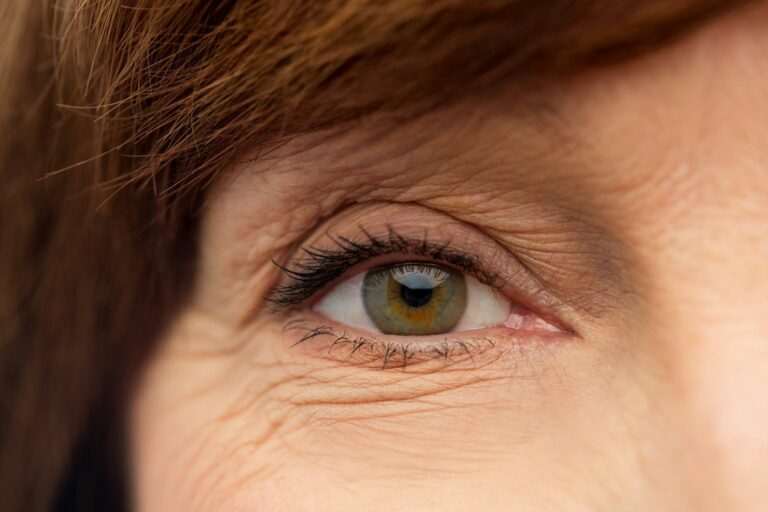Age-related macular degeneration (also known as macular degeneration or AMD) is the most common cause of age-related vision loss in the United States. As many as 11 million people have some form of this condition, and that number is expected to double to nearly 22 million by 2050. If you have worsening vision and a family history of this common eye condition, you may be at risk.
It’s important to know that AMD can lead to rapid and severe loss of sight. Once that sight is lost, it cannot be restored. Saving vision is dependent on catching the condition early. That’s why the Retinal Disease team at Florida Eye Specialists is here to help you understand the causes, symptoms, and available treatment options for the condition. Don’t lose sight of your favorite activities. Take our quiz below to find out if you may be at risk for macular degeneration.
What is Age-Related Macular Degeneration?
AMD centers around the macula, which is the part of the eye that is used to see fine detail and gives us our ability to read, drive, watch TV, use a computer, and recognize faces. AMD primarily affects central vision, causing blind spots directly ahead. This type of vision loss can be severe and irreversible if left untreated, making early detection critical.
Types of AMD:
There are two distinct types of AMD: “dry” and “wet.” The majority of AMD patients suffer from dry macular degeneration. It’s usually less severe and progresses gradually, with patients often noticing blurred vision or a central blind spot that slowly increases in size over a few years. However, it can put patients at risk for developing wet macular degeneration.
Wet macular degeneration is caused by blood or fluid leaking into the macula, and it usually causes much more rapid and severe damage. Some patients may notice a dramatic change in their vision seemingly overnight. In either case, it’s crucial to act quickly and receive treatment as soon as possible to preserve vision.
Risk Factors:
Age is the major risk factor, as AMD mainly affects patients 55 years of age and older. However, there is a genetic condition that can lead to a form of macular degeneration in younger patients, so it’s important to know your family history. There is evidence that tobacco use may play a role in development as well.
If you already have macular degeneration in one eye, there is an increased risk you will develop it in your other eye as well, and this can happen any time. At Florida Eye Specialists, we have our patients regularly check their vision with an at-home eye test known as the Amsler grid. It’s a quick and easy way to notice vision changes between appointments. You can print one for free from our resources.
Symptoms:
Signs and symptoms to look out for include blurred or distorted vision, blind spots, reduced central vision, difficulty adapting to low light levels and vision loss. In both types of AMD, you may have difficulty distinguishing colors and recognizing fine details. But while dry AMD is often associated with a growing blind spot, wet AMD patients are more likely to notice trouble seeing straight lines.
The most important thing is to never ignore any changes in your vision. AMD is degenerative, and symptoms will only worsen over time without proper treatment. Once vision is lost, it cannot be restored. If you notice any changes, even if they seem small, seek treatment as soon as possible.
Take the Quiz: Are You At Risk for Age-Related Macular Degeneration?
AMD
AMD is the most common cause of age-related vision loss. Answer the questions below to find out if it’s time for you to request an eye exam to talk about your eye health and treatment options.

Question
Your answer:
Correct answer:
Your Answers

